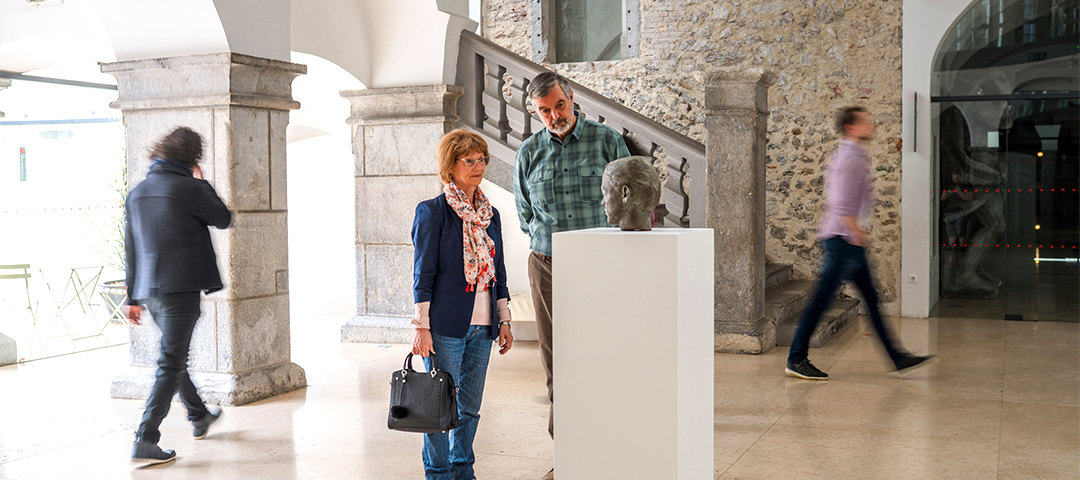Italy has just made a decisive move that will reverberate throughout the global art and antiques market. In June 2025, the Italian government announced a dramatic reduction of VAT (value-added tax) on art, antiques, and collectibles from 22% to just 5% — the lowest rate permitted under EU law.
This isn’t merely a tax adjustment. It’s Italy positioning itself as the new gateway for cultural commerce in Europe, and the implications for dealers, auction houses, and collectors are profound.
The Numbers That Matter
The previous Italian VAT structure created real barriers: 22% on domestic sales, 10% on imports, with limited access to margin schemes. International buyers often looked elsewhere, and Italian dealers faced competitive disadvantages against their European counterparts.
Now, with art and antiques taxed at just 5%, Italy undercuts France (5.5%), significantly beats Germany (7%), and creates a striking contrast with the UK’s 20% standard rate. For high-value transactions, these percentage points translate to substantial savings.
Strategic Advantages for Dealers
Import Gateway Opportunities
Italy now offers one of Europe’s most attractive entry points for international inventory. Art and antiques cleared through Italian customs benefit from this reduced rate, creating immediate cost advantages for pieces destined for the broader European market.
Streamlined Operations
The VAT reform arrives alongside Italy’s broader cultural commerce initiatives, which include digitized export licensing and reduced bureaucratic processes. These operational improvements address longstanding friction points that have historically complicated Italian art trade.
Enhanced Buyer Appeal
Lower tax burdens naturally increase buyer confidence, particularly for significant acquisitions. Italian dealers and fair participants can now offer more competitive final pricing, potentially shifting purchasing patterns across Europe.
Market Projections and Movement
Research from Nomisma and Intesa Sanpaolo suggests this reform could generate an additional €1.5 billion in turnover for Italian galleries and auction houses over three years, with broader economic impact reaching €4.2 billion.
This scale of activity will create ripple effects across the market. Expect increased participation at established Italian fairs like miart and Artissima, strategic inventory repositioning to capitalize on favorable tax conditions, and Italy’s emergence as a regional logistics hub for cultural goods.
Implications for Collectors and Designers
For those sourcing exceptional pieces, Italy’s rich cultural inventory becomes more accessible at improved price points. The country’s deep reserves of period furniture, decorative objects, and artistic works now come with reduced acquisition costs and modernized transaction processes.
Interior designers, in particular, may find Italian sourcing increasingly attractive as project budgets stretch further and administrative complexities diminish. The combination of Italy’s unparalleled artistic heritage and improved commercial accessibility creates compelling opportunities.

Cultural Commerce as Economic Strategy
This reform represents more than fiscal policy — it’s cultural preservation through market participation. More than 600 prominent Italian artists, dealers, and institutions advocated for these changes in an open letter to Prime Minister Giorgia Meloni, warning that the 22% VAT rate threatened to turn Italy into a “cultural desert.”
By reducing barriers to cultural commerce, Italy chooses to keep its artistic heritage active and accessible rather than confined to institutional collections alone.
Strategic Considerations for Dealers
As European market dynamics shift, inventory positioning and market access strategies warrant reconsideration. Italy’s improved tax environment, combined with its traditional strengths in art and antiques, creates new possibilities for international expansion and sourcing.
For dealers considering European market entry or expansion, Italy now presents compelling advantages. For those already active in European markets, Italian partnerships and sourcing relationships may offer enhanced competitive positioning.
The fundamentals of successful international trade remain unchanged: quality inventory, professional presentation, and efficient operations. However, Italy’s VAT reform has materially improved the financial framework within which these fundamentals operate.
Need help preparing your inventory for international markets?
Ronati Studio simplifies global listings, inventory management, and multi-marketplace coordination. We’re here to support your success — wherever the art takes you.





